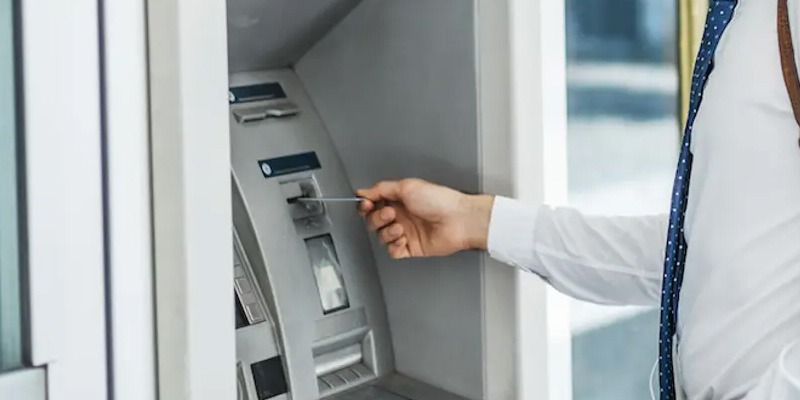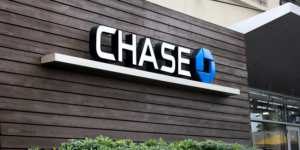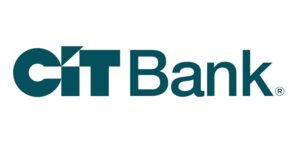
Checking accounts are useful for everyday banking since they offer features like direct deposit that allows paycheck to be transferred to your bank account without visiting a branch to make a deposit. Plus, they also let account holders to withdraw cash from their checking accounts, although, sometimes it’s fee free or with a fee if the ATM is not owned by the account holder’s bank.
Not only that, checking accounts comes with a debit card, they are a convenient payment tool that link checking to checking accounts! It works just like a credit card. You can also use your checking account to pay bills automatically online to avoid late payments.
How to Choose a Checking Account
There are different types of checking accounts that is made for different types of consumers. We have listed below the checking accounts that you can choose from depending on your needs.
Joint Checking Accounts
Joint checking account is most used and popular among couples and spouses, but minors, business partners or caregivers can also use them. They are designed to allow multiple owners in one account.
When managed correctly, joint accounts can be a great step toward healthy relationships with financial collaboration.
Student Checking Accounts
As a student, you can take advantage of the low-fee accounts that’s designed for people with limited credit history. These accounts tend to have modest fees and no minimum balance requirements to help young adults get started.
Not only that, students can take advantage of private student loans that their bank might offer.
Read: Best Student Checking Accounts
Senior Checking Accounts
Senior checking accounts are for retirees who lives on a fixed income from Social Security, pensions, annuity and income generated by investment portfolio.
These low-fee accounts and high yields are important for retirees who are reluctant to spending down accumulated assets.
Second-Chance Checking Accounts
Second-chance checking accounts are for people who have restricted access to banking due to credit issues or bad banking history.
Keep in mind that there are monthly fees and overdraft expenses when assessing these accounts. So once your banking profile improves, you can choose to upgrade to other types of checking accounts.
| Types of Checking Accounts | |||
| Type | Best for | Pros | Cons |
| Standard | People who want traditional brick-and-mortar banking with potential online options | Physical locations and ATM network | Usually have account minimums to avoid monthly fees, lower interest rates |
| Online | People who don’t need brick-and-mortar locations | Lower fees and better interest rates | No in-person service, few or no ATMs |
| Joint | Spouses, caregivers | Can be used for shared goals and expenses | Requires trust and coordination |
| Business | Business owners | Higher spending limits | Higher fees and more restrictive terms |
| Student | Young adults | Low fees and account minimums | Restrictive withdrawal terms |
| Senior | Retirees | Low fees | Limited availability |
| Second Chance | People with poor banking history | Opportunities might not be available otherwise | Higher fees, more restrictions |
Common Checking Account Fees
Once you’ve decided on which checking account, you need to be aware of the fees that may come with your checking account. Common fees include ATM transaction fees, which are charged for accessing cash from certain ATMs.
Not to mention, you should also look into overdraft protection since it can help you to avoid fees associated with insufficiently funded transactions, but this is a feature that might cost account holders. Other fees, might also include foreign transactions while some accounts has monthly or annual account fees, especially if balance minimums are not met.
When you’re assessing checking accounts, be sure to keep in mind how to minimize fees such as insufficient funds, overdraft protection, ATM, account maintenance, paper statements, foreign transactions and card replacement, all of which can vary from bank to bank.
Are Checking Accounts Safe?
Checking accounts at FDIC-insured institutions have the backing of the federal agency, but account holders also need to consider account safety measures to protect against fraud and identity theft.
To ensure safety, account holders should regularly review bank statements to manage finances and monitor for unauthorized activity. As well as protect their debit card PIN numbers from potential thieves.
How to Open a Checking Account
Opening a checking account, you’ll need to go to the desired institution website to open an account online or walk into the branch to speak with a customer service representative.
To open an account, banks generally require photo identification, a Social Security card and proof of address.
 |
 |
Bottom Line
Checking accounts are common these days to store your money that is intended for spending. Before you open on make sure you consider these factors: fees, account minimums, customer service, interest rates, security, promotional offers, adjacent products and services.
If you’re looking into a checking account, you can find them in our masterlist of the best bank promotions! You can also checking out rewards checking account for more!




Leave a Reply